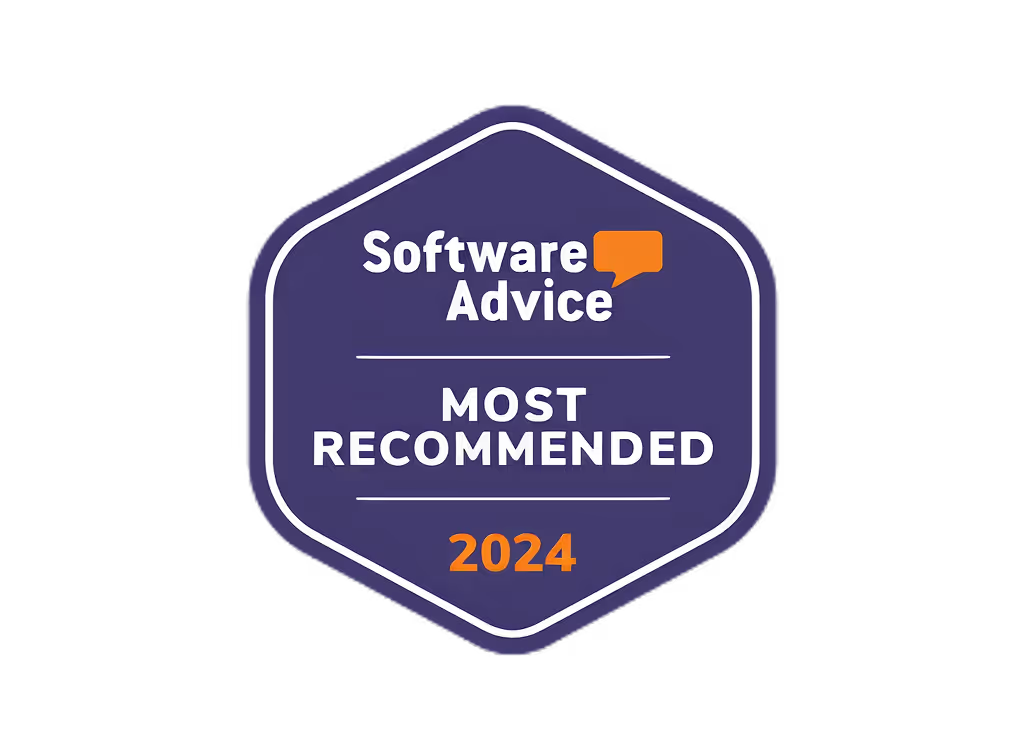Boosting Enrollment: How Educational Institutions Can Leverage Google Ads to Up Their Game

Introduction
Educational institutions face fierce competition when it comes to attracting students. With the rise of online learning and distance education, it's imperative for schools, colleges, and universities to make the most of their online presence. Google Ads, a powerful online advertising platform, offers a unique opportunity to reach a vast audience of potential students. As Joe Ellis, CEO of EduTech Solutions, states, "The digital landscape is where educational institutions need to be to stay competitive. Google Ads is the key to reaching a highly targeted audience."

The Power of Google Ads for Educational Institutions
For educational institutions, it offers several compelling advantages:
1. Targeted Reach: According to a report by WordStream, businesses using Google Ads make an average of $2 for every $1 spent. This means that educational institutions can display their ads to individuals who are actively searching for educational opportunities, increasing the likelihood of conversions.
2. Budget Flexibility: Whether you're a small local college or a prestigious university, Google Ads can be tailored to your budget. You can set a daily or monthly budget that aligns with your financial capabilities.
3. Immediate Visibility: As per Google's own data, businesses using Google Ads can see results quickly, with 89% of search ads being shown to users immediately. Your ads can start appearing on Google search results within hours, helping you attract students quickly.
4. Measurable Results: Dr. Emily Johnson, a marketing expert in the education sector, emphasizes the importance of data-driven decisions. She says, "Measuring your campaign performance is key. Google Ads provides real-time insights into your ad campaigns, enabling institutions to make informed decisions and optimize their strategies for better results."
5. Local and Global Reach: Whether you want to attract local students or expand your international reach, Google Ads provides the tools to target specific geographic regions or reach a global audience.
Optimizing Google Ads for Educational Institutions
To make the most of Google Ads for your educational institution, it's essential to follow these optimization strategies:
1. Keyword Research: According to a study by SEMrush, 50% of clicks on Google Ads go to the top three ads. Conduct thorough keyword research to identify the search terms potential students are using. Incorporate these keywords into your ad copy and landing pages.
2. Compelling Ad Copy: Craft persuasive ad copy that highlights the unique selling points of your institution. As Seth Berkley, a renowned marketer, suggests, "Your ad copy should address the pain points of students and provide solutions. It's all about connecting with your audience."
3. Landing Page Quality: A survey by Unbounce revealed that pages with a load time of 2 seconds or less have an average conversion rate of 9.6%, while those with a load time of 5 seconds have a conversion rate of 1.6%. Ensure your landing pages are user-friendly, load quickly, and provide relevant information about your institution and programs.
4. Ad Extensions: Use ad extensions to add extra information to your ads. According to Google, businesses that use sitelink extensions see a 10-20% increase in click-through rates. Callout extensions highlight unique offerings, while site link extensions direct users to specific pages on your website.
5. Geo-Targeting: If you're a local institution, use geotargeting to focus your ads on potential students in your area. If you offer online courses, you can broaden your reach.
6. Ad Scheduling: According to a report by WordStream, 41% of businesses see the best results with ad scheduling. Use ad scheduling to display your ads at times when potential students are most likely to search for educational opportunities.

Quickads.ai: Streamlining Ad Creation
Generating compelling Google Ads can be a time-consuming process. However, Quickads.ai, an innovative AI-powered platform, can significantly expedite this task while ensuring the creation of ads that get high traffic.
Quickads.ai employs cutting-edge AI algorithms to generate ad copy that resonates with your target audience. Here's how Quickads.ai can help your educational institution:
1. Efficiency: A report by Forbes Insights states that 58% of businesses believe AI streamlines decision-making. Quickads.ai streamlines the ad creation process, saving you time and effort that can be better spent on other critical aspects of your institution's marketing strategy.
2. High-Quality Copy: The AI-driven platform produces high-quality ad copy that is both engaging and persuasive, increasing the likelihood of conversions.
3. Variety: Quickads.ai can generate a variety of ad copy options, allowing you to A/B test different ad creatives and find the most effective ones.
4. Continuous Improvement: The AI system continuously learns and adapts to changing trends and audience preferences, ensuring that your ad copy remains relevant.
Conclusion
Google Ads is a powerful tool for educational institutions looking to attract more students. By following best practices in keyword research, ad copy creation, and campaign optimization, you can maximize your institution's visibility and reach potential students effectively.
To further enhance your ad creation process and increase traffic to your educational institution's website, consider using Quickads.ai. Its AI-powered technology will provide you with efficient, high-quality ad copy, giving your institution an edge in the competitive world of online advertising.
So, why wait? Start your journey toward increased enrollment and improved online visibility today. Try Quickads.ai to generate ads that bring in a flood of interested students and take your educational institution to the next level.


















